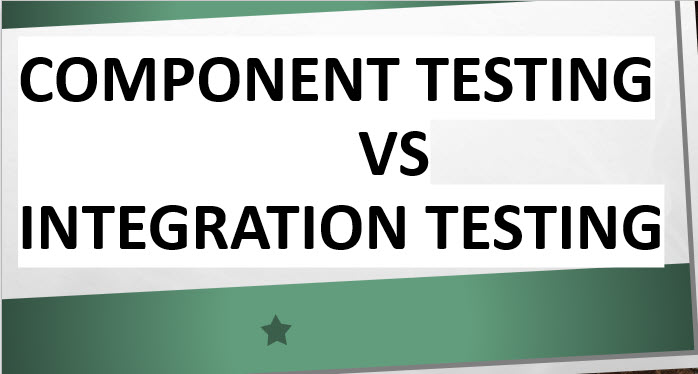Two crucial methodologies often come up in software testing: component testing and integration testing. While both are essential for ensuring software quality, they serve different purposes and occur at various stages of the development process.
Component testing focuses on validating individual modules or components of a software system in isolation. This approach allows developers to verify that each unit of code functions correctly before it’s integrated with other parts of the system. Component tests are typically more granular and aim to identify issues within specific pieces of functionality.
On the other hand, integration testing examines how different components or modules work together. The primary goal is to detect problems that arise when combining various parts of the system. This type of testing ensures that the interfaces between components function correctly and that data flows smoothly between different parts of the application.
One key difference between the two is their scope. Component testing focuses more on dealing with individual code units, while integration testing has a broader scope, looking at the interactions between multiple components. This difference in scope affects the complexity of the tests and the resources required to execute them.
Another essential distinction lies in the timing of these tests within the development cycle. Component tests are usually run earlier, often as part of continuous integration pipelines. Integration tests, however, are typically performed later once individual components have been developed and are ready to be combined.
The isolation factor is also a significant differentiator. Component testing examines code in isolation, often using mocks or stubs to simulate dependencies. In contrast, integration testing deliberately avoids isolation, focusing on the fundamental interactions between components in a more realistic environment.
Both types of testing are crucial for delivering high-quality software. Component testing helps catch bugs early and ensures that individual parts of the system work as intended. Integration testing, meanwhile, verifies that these parts work harmoniously together, seeing issues that might only appear when components interact.
In conclusion, while component and integration testing have distinct characteristics and purposes, they are complementary approaches that, when used together, provide a comprehensive strategy for ensuring software reliability and functionality.

My name is Madhu, and I’m a certified Test Consultant with more than 16 years of hands-on experience developing and maintaining manual and Test Automation in the Software industry. I have experience with automation tools such as Selenium, Katalon Studio, etc.
